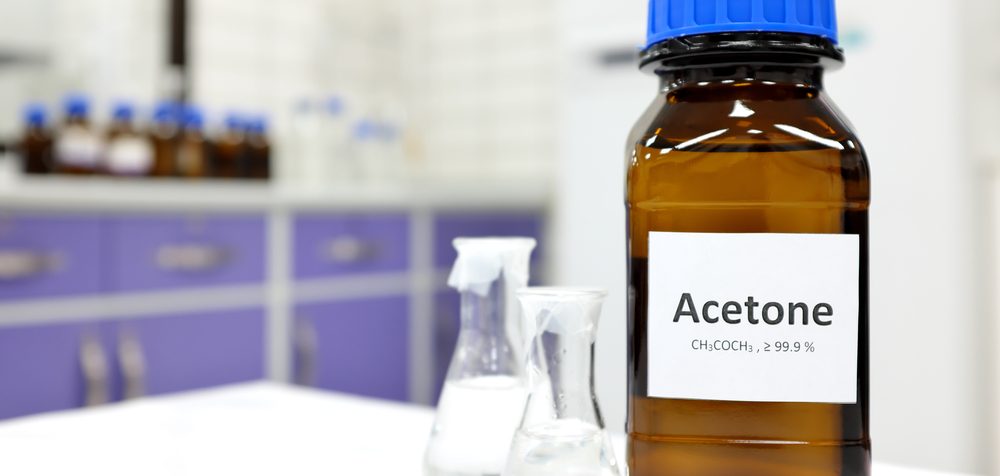
A new, more eco-friendly method for acetone production has been developed by researchers from the Federal University of São Carlos (UFSCar) and the Federal University of Minas Gerais (UFMG) in Brazil, and the Max Planck Institute of Colloids and Interfaces in Germany.
Acetone is a critical component in the production of many products, such as adhesives, antibiotics, electronic parts, solvents, paint removers, inks, and vitamins. Producing it, however, is complex and hazardous. The standard acetone manufacturing method – called the Hock or cumene process – is a multi-stage process involving the conversion of propane to propylene, which is then reacted with benzene and then with oxygen at high temperatures and pressures to produce acetone.
The research teams sought to simplify this process, along with making it safer and less expensive. Their alternative method is based on propane oxidation and a photocatalytic reaction using iron chloride (FeCl3) as a homogeneous catalyst in the presence of light.
“We discovered that when iron chloride is irradiated at certain wavelengths, it produces the radical chlorine, which is a potent oxidant and cleaves the bond between carbon and hydrogen [activates the C-H bond], giving rise to a radical that leads in the presence of oxygen to the formation of acetone,” said Ivo Freitas Teixeira, from UFSCar’s Department of Chemistry. “We achieved a very important reaction in an absolutely different manner and using very simple elements.”
The new method has a number of advantages: it is direct, as it does not require the production of propylene in intermediate stages; safer, as it does not involve oxygen reactions at high temperatures and pressures or flammable and hazardous intermediaries; and it lowers energy consumption and cost because it has fewer stages and occurs at room temperature (25 °C).
In the future, the teams plan to use sunlight instead of light-emitting diodes (LEDs) as a light source, making the method even more sustainable. They are currently seeking partnerships with companies to scale up and commercialize the new process.
“It could become absolutely disruptive for acetone production in the chemical industry, enhancing safety and sustainability, and paving the way to direct production of acetone, which would cut costs and increase competitiveness,” said Teixeira.
